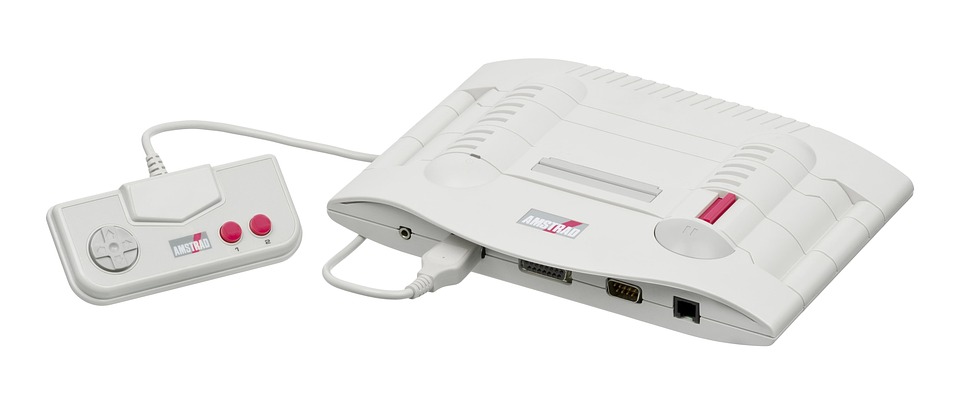In an era where environmental concerns are at the forefront of global discourse, the gaming industry is beginning to answer the call for more sustainable practices. As gaming consoles continue to push the boundaries of technology and entertainment, manufacturers are re-evaluating their production processes and materials in pursuit of sustainability. Here’s an exploration of how the industry is implementing eco-friendly practices in console production and what it means for the future of gaming.
The Environmental Impact of Gaming Consoles
Gaming consoles are not just mere devices for entertainment; they are complex pieces of technology that require considerable resources for production. From mining raw materials to manufacturing and packaging, the environmental footprint of a single console can be significant. The energy consumption during operation and the lifecycle waste generated by obsolete gadgets further contribute to this impact.
As gamers increasingly express concern over sustainability, leading companies are taking strides to reduce their ecological footprint, recognizing that a sustainable approach not only benefits the planet but can also enhance brand loyalty and consumer trust.
Innovations in Materials
One of the primary areas of focus in sustainable console production is the materials used during manufacturing. Traditional consoles are engineered using a variety of plastics and metals, many of which can be detrimental to the environment. To combat this, manufacturers are exploring alternatives, such as:
-
Recycled Materials: Companies like Sony have started to incorporate recycled plastics into their PlayStation 5 consoles. By sourcing plastic waste, they reduce the need for virgin materials and minimize landfill contributions.
- Biodegradable Components: Some brands are experimenting with biodegradable or renewable materials, which can break down more easily at the end of their lifecycle.
Energy Efficiency in Production
Beyond materials, energy consumption during the production process plays a significant role in the overall carbon footprint of gaming consoles. Manufacturers are adopting energy-efficient technologies and practices:
-
Renewable Energy: Many companies are transitioning to renewable energy sources for their manufacturing plants. For example, Microsoft aims to be carbon negative by 2030, which includes utilizing renewable energy across its production facilities.
- Streamlined Processes: Implementing lean manufacturing techniques reduces waste and energy consumption. By optimizing production lines, companies can produce consoles more efficiently, ultimately saving energy.
Eco-Conscious Packaging
The packaging of gaming consoles also contributes to their environmental impact. The shift toward sustainable packaging is essential for minimizing waste:
-
Minimal Packaging Material: Many manufacturers are redesigning packaging with sustainability in mind, using less material without compromising product safety.
- Recyclable and Sustainable Materials: Brands are replacing plastic with recyclable materials like cardboard and paper, ensuring that packaging can be easily composted or recycled after use.
Responsible End-of-Life Management
While sustainable practices should start at production, responsible end-of-life management is equally vital. Gaming consoles have significant potential for reuse and recycling:
-
Take-Back Programs: Companies are implementing programs that allow consumers to return old consoles for recycling or refurbishment. This helps keep electronic waste out of landfills and maximizes resource efficiency.
- Repairable Designs: Some manufacturers are designing consoles with repairability in mind, making it easier for users to replace parts rather than discard the entire unit.
Collaborations and Certifications
Sustainable gaming is not a solo endeavor; collaborations within the industry can amplify efforts:
-
Partnerships: Many manufacturers are teaming up with environmental organizations and research institutions to establish benchmarks and best practices for sustainability in console production.
- Certifications: By pursuing eco-label certifications, companies can demonstrate their commitment to sustainability, making it easier for consumers to make informed choices.
The Future of Eco-Friendly Gaming
As the awareness of environmental issues continues to grow, the demand for sustainable gaming practices will likely increase. The future may see even more innovative approaches to console production, including:
-
Carbon Offsetting Initiatives: Manufacturers may implement robust carbon offset programs to balance out emissions generated during production.
- Sustainable Gaming Communities: The rise of eco-conscious gaming communities can foster a culture that prioritizes sustainability among players, further motivating companies to adopt green practices.
Conclusion
Sustainable gaming is not just a trend; it represents a critical shift in how the industry approaches console production. By adopting eco-friendly practices, from material sourcing to end-of-life management, gaming companies can significantly reduce their environmental footprint. As gamers continue to advocate for greener practices, the future holds promise for a gaming ecosystem that is both entertaining and environmentally responsible. The path to sustainability in gaming is an exciting journey, and as the industry evolves, it can be a paradigm for other sectors to follow.



